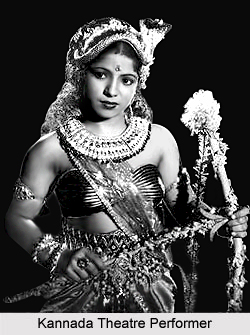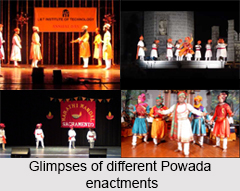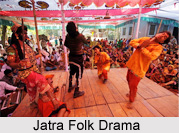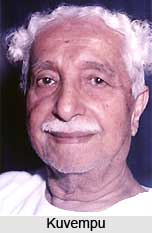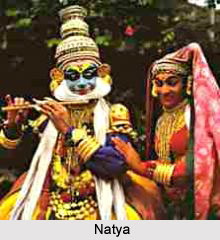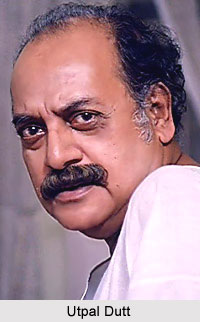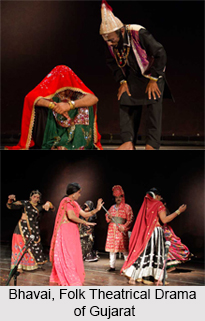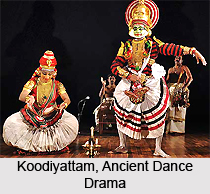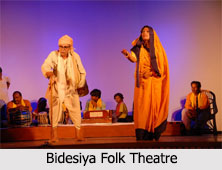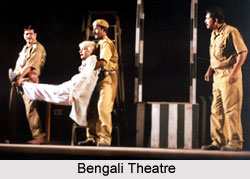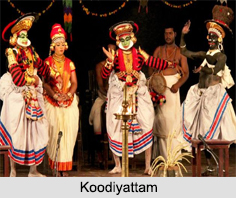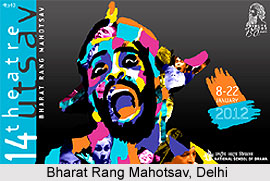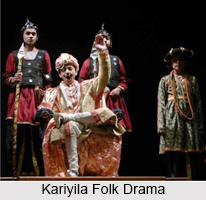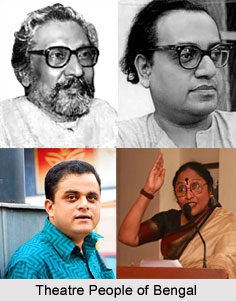 Influence of Shakespeare on Indian plays has been immense. Indian theatre proudly boasts of some of the fantastic scripts that have been inspired from a Shakespearean play. The trend mainly started from the city of Kolkata which was once the intellectual and political centre of colonial presence in India. On 17th August 1848, a `native gentleman` named Baishnav Charan Adhya performed the role of Othello in a production at the Sans Souci theatre, the famous English playhouse in the city. Considering that such an event took place in a restricted theatre, it is not surprising that not many people were aware of the same. Starting in 1775 when the Kolkata Theatre or the New Playhouse opened under the patronage of the empire, specifically of the then Governor General, Warren Hastings, and continuing for a period of about a hundred years, English theatres in Calcutta entertained a largely British audience of officers, merchants, scholars, and clerks of the East Indian Company. By all accounts, in its early years at least, this was an exclusive theatre determined to insulate itself from the `natives` so that even the ushers and doorkeepers at the Calcutta playhouse were English. Under this circumstance, Baishnav Charan Adhya`s dramatic identification with the Shakespearean role of Othello clearly complicated and displaced the stark `Manichean` dichotomy of `black and white` which governed the relations between European colonizers and their non-European subjects. When the actor donned the `white mask` of a Shakespearean actor in an English production, he also enacted his difference from the white world, both in fictional Venice and in colonial Kolkata. Thus, instead of being appropriated by the colonial `sahibs` play-text, the Indian actor revealed the ambivalence of its cultural authority through a native strategy.
Influence of Shakespeare on Indian plays has been immense. Indian theatre proudly boasts of some of the fantastic scripts that have been inspired from a Shakespearean play. The trend mainly started from the city of Kolkata which was once the intellectual and political centre of colonial presence in India. On 17th August 1848, a `native gentleman` named Baishnav Charan Adhya performed the role of Othello in a production at the Sans Souci theatre, the famous English playhouse in the city. Considering that such an event took place in a restricted theatre, it is not surprising that not many people were aware of the same. Starting in 1775 when the Kolkata Theatre or the New Playhouse opened under the patronage of the empire, specifically of the then Governor General, Warren Hastings, and continuing for a period of about a hundred years, English theatres in Calcutta entertained a largely British audience of officers, merchants, scholars, and clerks of the East Indian Company. By all accounts, in its early years at least, this was an exclusive theatre determined to insulate itself from the `natives` so that even the ushers and doorkeepers at the Calcutta playhouse were English. Under this circumstance, Baishnav Charan Adhya`s dramatic identification with the Shakespearean role of Othello clearly complicated and displaced the stark `Manichean` dichotomy of `black and white` which governed the relations between European colonizers and their non-European subjects. When the actor donned the `white mask` of a Shakespearean actor in an English production, he also enacted his difference from the white world, both in fictional Venice and in colonial Kolkata. Thus, instead of being appropriated by the colonial `sahibs` play-text, the Indian actor revealed the ambivalence of its cultural authority through a native strategy.
When the English came to Kolkata they brought with them the plays of Shakespeare. Early in the nineteenth century Shakespeare was a subject of study in the Hindu College. Much before that Shakespeare`s plays had begun to be staged in the theatres that the local Englishmen had set up in the city for their entertainment and relaxation. This love of the theatre, and of Shakespeare, developed first among the English community, and later, among its Indian emulators. A trend of regular performances of English plays in and around the city began with the building of the Calcutta theatre in about 1775. The repertoire of plays performed at this theatre included Hamlet, Richard III, The School for Scandal, and a medley of lesser-known plays such as The Comedy of Beaux Stratagem, and She Would and Would Not.
Other well-known English theatres drew on a similar repertoire of works for their performances. Some Shakespeare plays performed at the Chowringhee Theatre, which opened in 1813, were as follows: Henry IV on 23 January 1814, Richard III on 25 August 1815, and The Merry Wives of Windsor on 25 September 1818. Though, often a venue for musical comedies and farces - the Chowringhee Theatre was particularly popular for its Shakespeare plays. A Mr Stokler who apparently had some exposure to performances on the London stage, successfully rendered the roles of Iago, Cassius, and Falstaff at the Chowringhee theatre. The Sans Souci was another English theatre that was long remembered. Inaugurated on 21 August 1839, the year the Chowringhee Theatre was gutted by a fire, the Sans Souci moved to a bigger building in 1841. Mrs Esther Leach, a prominent actress at the Chowringhee, moved to the new theatre and arranged for a few artists to be brought from London, among whom was a Mr James Vining. Having acted in Drury Lane and Covent Garden, Vining gave some important performances at the Sans Souci, among which was his appearance in The Merchant of Venice on 2 November 1843, playing Shylock with Mrs Leach as Jessica and a Mrs Deacle as Portia. And of course, the performance that remains most memorable is that of Baishnav Charan Adya as Othello with Mrs Anderson (the daughter of Esther Leach) as Desdemona. A Bengali youth in English play in an English theatre catering to a largely English audience in the nineteenth century, is certainly a memorable event in the history of Bengali theatres.
The repertoire of these three English theatres typified the range of the prolific theatrical activity in and around Kolkata that continued well into the middle of the nineteenth century. The fact that Shakespeare`s plays figured prominently in the programs of most theatres suggests that the dramatic appeal of the plays was bolstered by the cultural value attached to the proper name Shakespeare. Bengali theatre in Kolkata, as evidence show, were supported and patronized by the various Governors General and other colonial dignitaries, then it becomes clear how Shakespeare`s plays were significant in promoting and privileging the culture of the colonizers, both among the English expatriates as well as the elite Indians who gradually became associated with these theatres. Among the founders of the Chowringhee theatre was the famous aristocrat, Debendranath Tagore, who later joined with other Indian contributors in subscribing to the rebuilding of the Sans Souci in 1840.
In the context of nineteenth-century Kolkata, one can recognize the significance of the empire`s cultural and political investment in the Shakespearean text, both as a literary and a dramatic text. Available evidence shows that the notion of a popularity if Shakespeare and him becoming a fashion among the elite Bengalis at the time in India, is clearly a colonial legacy, one that continues to influence postcolonial academic discourse in India.







